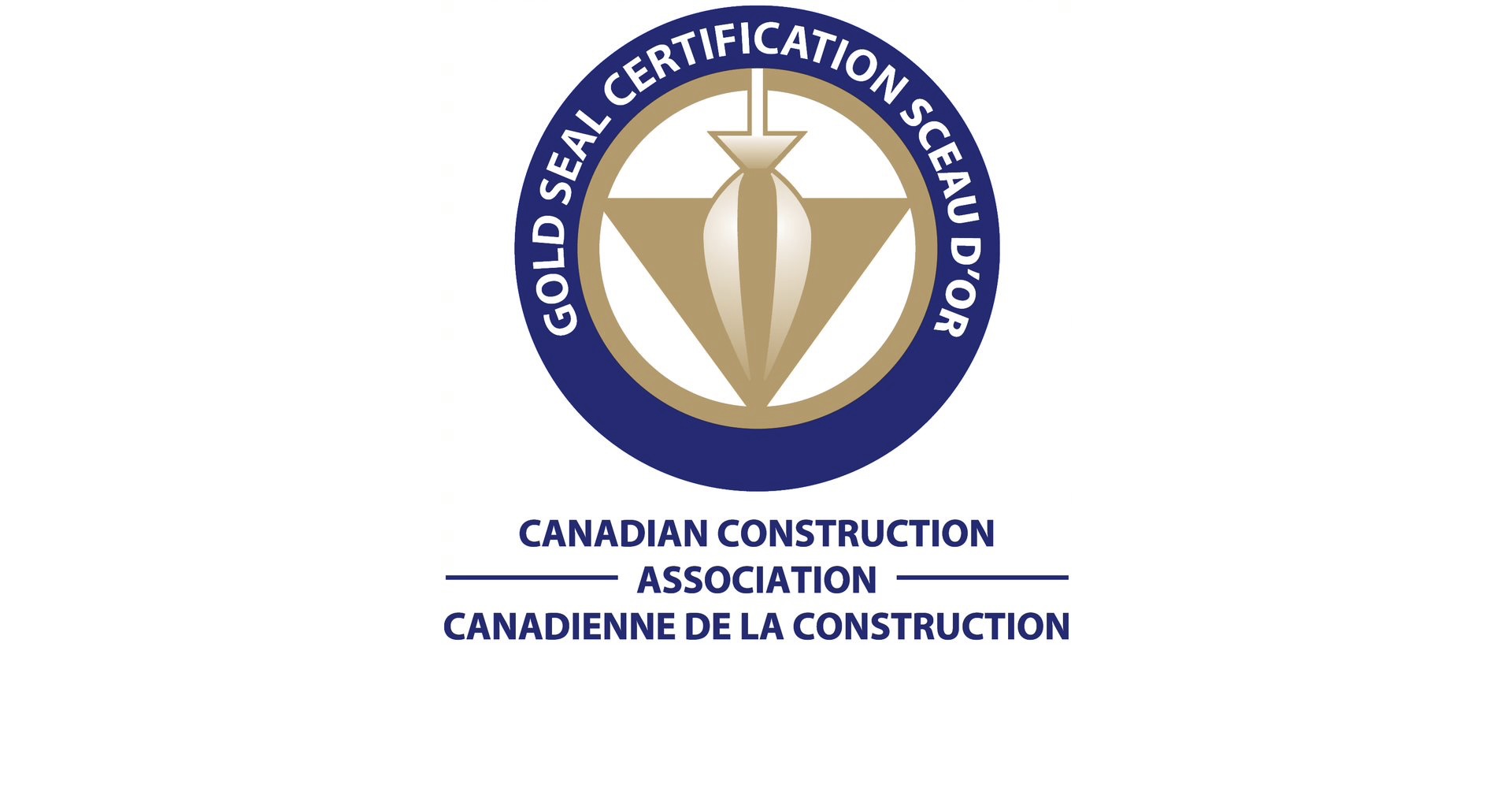
Why Pre-Construction Is the Most Critical Phase for ROI
Are you looking for a partner to efficiently guide you through the complexities of a capital project? Would you like to drive collaboration and establish strong working partnerships across the entire project team? Are you seeking accurate, unbiased cost clarity and improved risk mitigation?
Why Pre-Construction Is the Most Critical Phase for ROI

Every commercial project begins with an idea. Whether it’s a tenant improvement or a ground-up build, the project’s profitability is determined long before the first shovel hits the ground.
Pre-construction is not a preliminary step — it’s where every financial and operational outcome is set in motion.
1. Feasibility Defines Reality
Pre-construction begins with feasibility. This is where assumptions meet real data. Site conditions, zoning, logistics, and utility capacity are verified against concept drawings and client expectations.
A disciplined feasibility review eliminates the “unknowns” that cause cost creep and schedule overruns later.
Feasibility isn’t about optimism. It’s about precision.
When business owners invest in early-phase assessment, they gain clarity on whether their vision aligns with market, budget, and site realities.
2. Budgeting Builds Confidence
A project without a structured pre-construction budget is a liability.
At Westgate Koenig, we develop cost models tied to current market pricing, not estimates pulled from historical averages. Each division — civil, structural, mechanical, electrical, finishes — is assessed individually for cost exposure.
A verified pre-construction budget provides three things:
- Cost certainty before contracts are executed
- Transparent value engineering to balance scope and budget
- Financial control across procurement and execution phases
Budgets created in pre-construction are the backbone of ROI. Every dollar accounted for before construction begins is a dollar protected during execution.
3. Design Coordination Prevents Rework
Design and constructability reviews close the gap between vision and execution.
Architectural intent must align with structural, mechanical, and electrical realities — and that alignment happens in pre-construction. Without coordination, drawings conflict, RFIs multiply, and rework erodes margin.
Pre-construction coordination achieves two outcomes:
- Design efficiency: systems, finishes, and layout are integrated early
- Execution clarity: trades build from coordinated, constructible drawings
A coordinated design package reduces downstream waste — the most controllable source of lost ROI in commercial construction.
4. Schedule Certainty Protects Capital
Every day of delay costs money — not just in site expenses but in deferred revenue and opportunity cost.
A proactive pre-construction schedule identifies lead times, critical path activities, and resource availability before mobilization.
The result: realistic timelines built on logistics, not assumptions.
Schedules created in pre-construction become control tools, not reaction documents.
The Westgate Koenig Standard
At Westgate Koenig, we treat pre-construction as the most valuable deliverable in a commercial project.
It’s where ROI is either secured or lost.
Through feasibility validation, disciplined budgeting, and coordinated design, we remove uncertainty before it becomes cost.
Execution starts with precision — and precision starts in pre-construction.
About Westgate
At Westgate, our team of construction professionals, distinguished by Canada's prestigious Gold Seal certification - the highest national benchmark for construction management excellence - brings together the best of two nations.
Contact Us
Let’s successfully turn your vision into reality.
Our Services
Pre-Construction
Project Controls
Design-Build Services
General Contracting
Construction Management
Service Division
Stay up to date with westgate











